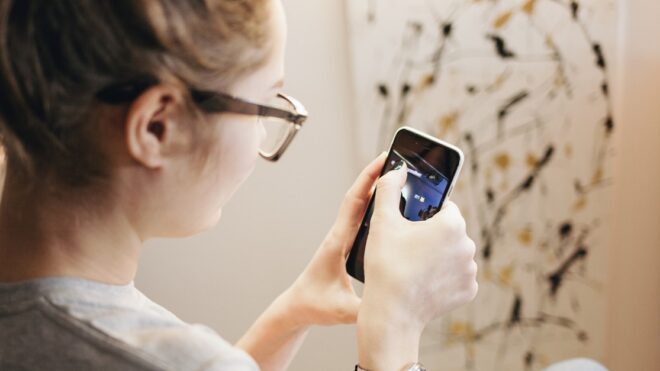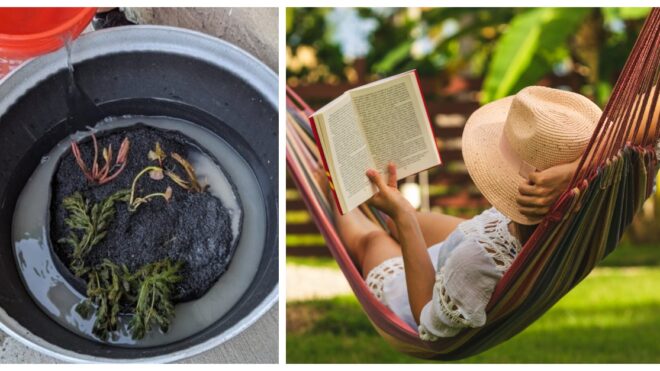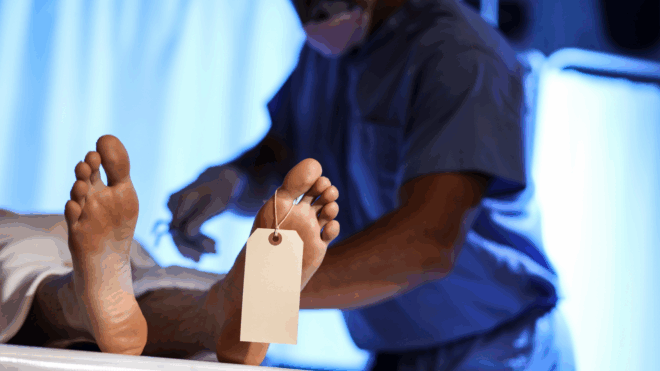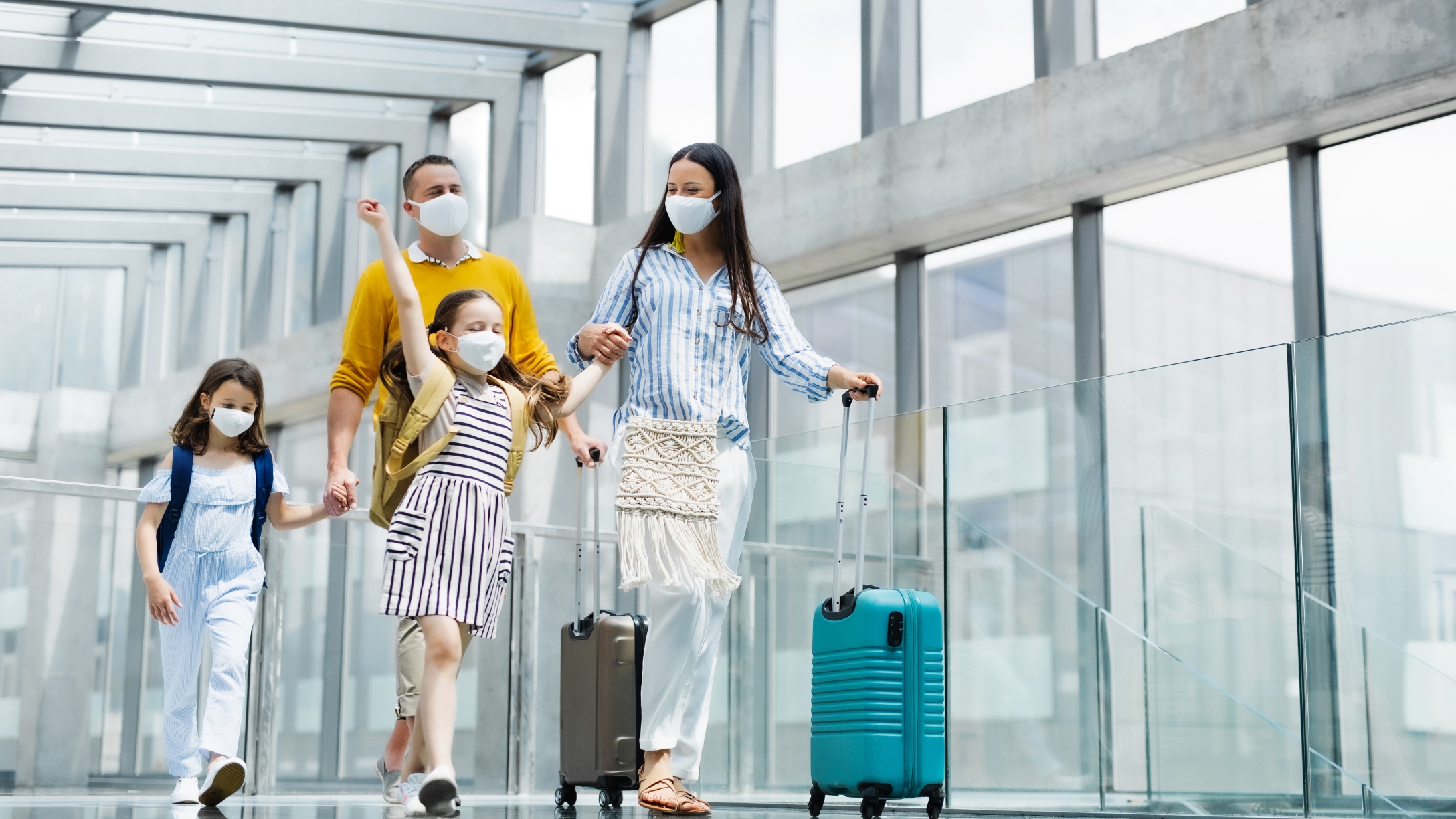
During spring break, the thought of traveling used to be one full of joy, excitement, and anticipation. But due to COVID-19, there’s hesitation, concern, and maybe even fear added to the equation for many families. While the Centers for Disease Control and Prevention recommends that you don’t travel right now, many families are.
When traveling with family during spring break, you must consider how you can enjoy your time while also keeping the safety and well-being of yourself and others at the forefront.
Here are some tips for traveling with your family during spring break.
Research the Destination
COVID-19 restrictions and regulations vary throughout the country, so you want to ensure that you research the destination you’re considering traveling to in advance.
Here’s some information to research.
COVID Regulations
Some areas allow for full occupancy of restaurants and attractions, while others have partial occupancy requirements. Some cities and states require the use of masks, while others don’t. You want a clear understanding of the COVID rules and regulations, what to expect, and how that will impact the activities you take part in during your spring break.
What's the COVID Data?
Some areas are seeing an increase in COVID cases, while others have cases that are declining or remaining steady. Having this information can help you determine the best place to go, as the more cases there are in an area, the more likely you are to be exposed to COVID during your trip.
The best places to get accurate information are the state and local health department websites for the destination you have in mind. You want to complete your initial research and do so again as you get closer to the date, because regulations and data can change quickly.
Transportation Considerations: If You're Flying
Flying to your destination for spring break can allow you more travel destination choices and allow you to spend less time traveling and more time enjoying your vacation. Despite the advantages, keep in mind that it’s more difficult to socially distance while on an airplane or in a crowded airport.
Here are some tips to consider when flying.
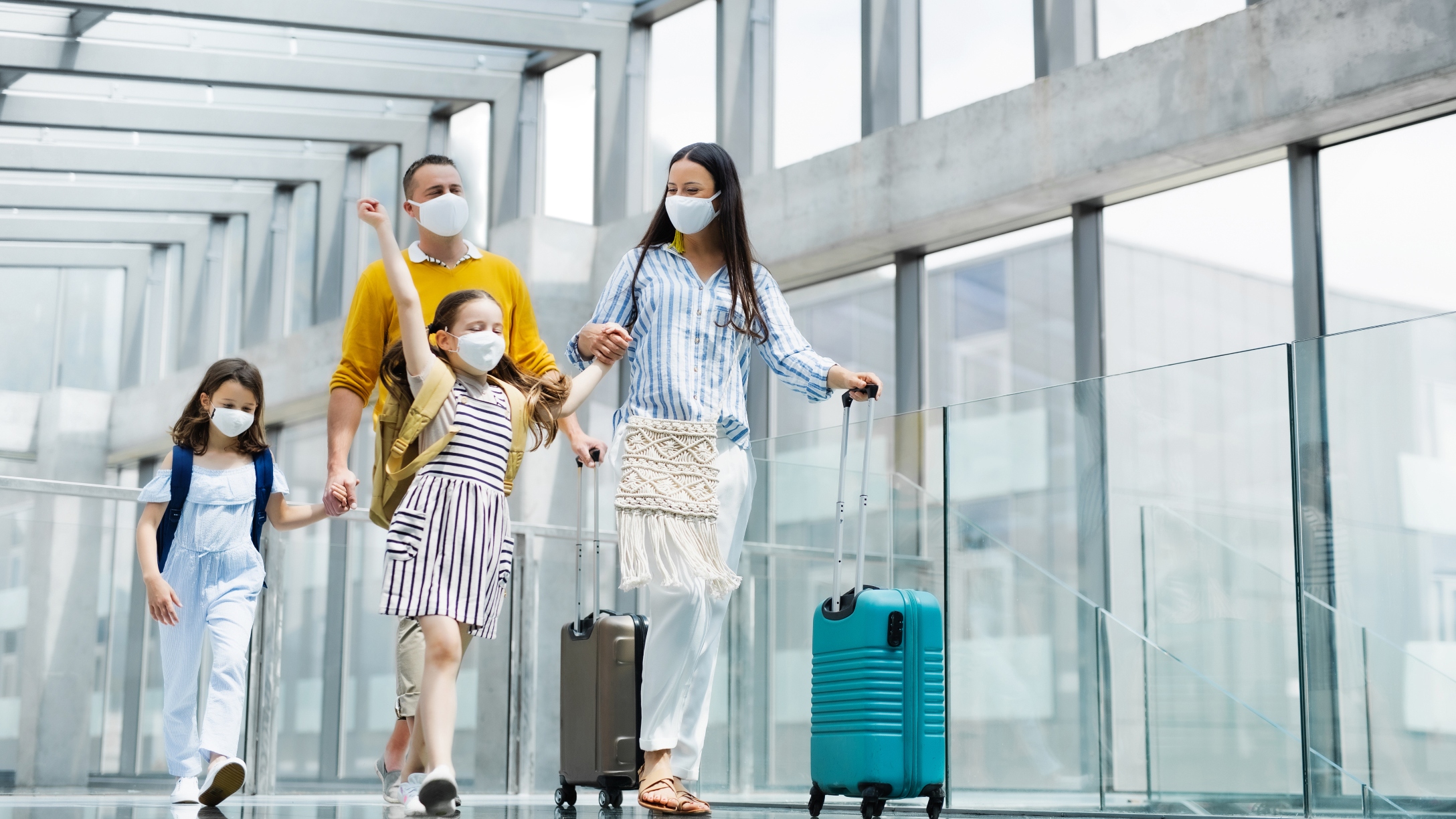
- Arrive at the airport earlier than you normally would if the security and screening procedures are taking longer than usual. Check with the airline for guidance.
- If you’re traveling somewhere internationally, there are often COVID testing requirements. You might need to show negative COVID results upon arrival and negative COVID results before returning home. Be sure to consider these potential requirements when making your travel plans.
- Check the COVID regulations for specific airlines. Some block out the middle seats to allow for more distance between passengers or seat passengers from the back of the plane to the front of the plane to reduce close contact while boarding, while others don’t have these safety measures in place.
- While airlines disinfect the planes, it’s still good practice to bring sanitizing wipes to clean the areas you’ll touch, including the light buttons, window shade, seat belt, armrests, and lap tray.
If You're Driving
Maybe you prefer to stick with driving because you want to maintain control of your environment and reduce close contact with others. This is certainly a safer way to reach your destination.
Here are some tips to consider when driving:
- Reduce the number of stops you make by fueling up before getting on the road and bringing food and water to take on the trip.
- Take bathroom breaks at more reputable and well-known locations that are likely to adhere to COVID disinfection regulations.
- Bring enough face masks, hand sanitizer, and disinfectant wipes for everyone in the family.
- If you choose to get food on the road, opt for restaurants that offer curbside pickup, a drive-thru, or outside seating.
Lodging Tips
If you’re staying at an Airbnb, hotel, or someplace similar, be sure to check the COVID-19 safety regulations of the establishment. The website should include details about how they’re combatting the coronavirus.
While your room has likely been disinfected, it’s still good practice to do it yourself to be on the safe side.
You can use a disinfectant spray or disinfectant cleaner on all high-touch surfaces, including:
• Light switches
• Doorknobs
• Remote controls
• Phones
• Faucets
• Countertops
• Tables
• Refrigerator handles
Also, clean any provided kitchen items before using them, including:
• Coffee pots
• Cups
• Mugs
• Plates
• Silverware
What If You Develop Symptoms While Away?
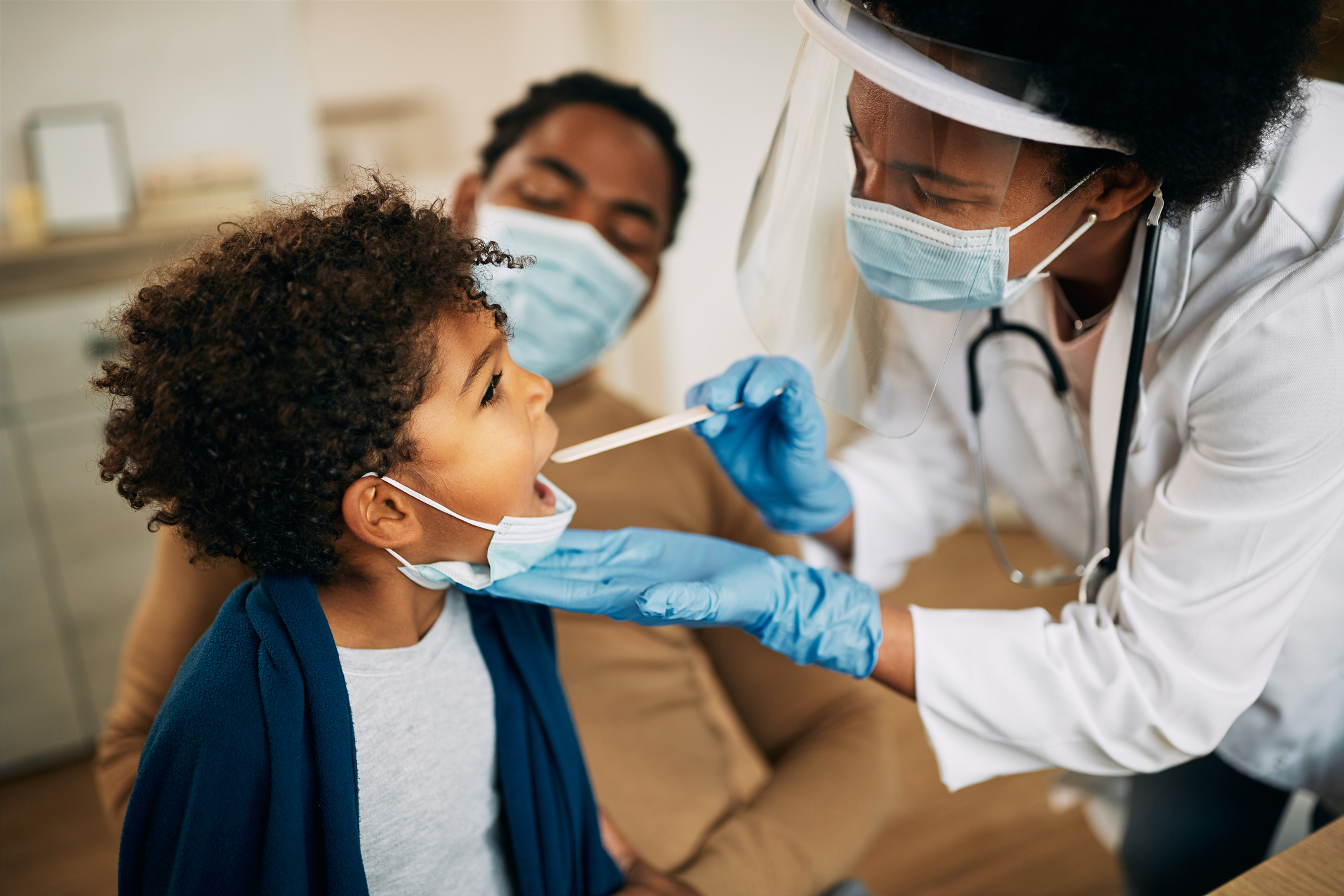
In the unfortunate event that you or someone in your family develop COVID-19 symptoms while you’re on vacation, you must treat it seriously.
Speak with a medical professional for guidance on the next steps. You might be directed to get tested or to self-quarantine until the end of your trip. This will likely include everyone in your family, even if they don’t have symptoms.
This might not be your dream spring break, but it’s the risk you take when traveling during the pandemic.
While an inconvenience, it’s most important to reduce the risk of spreading COVID-19 than to continue with your travel plans.
If, however, you are experiencing severe symptoms such as dizziness, high fever, or shortness of breath, you should call 911 for further instructions.
Practice Safety Measures
Practicing COVID safety measures when traveling is even more critical than in your day-to-day activities.
Here are some safety tips to remember:
- Emphasize the importance of keeping your hands to yourself, not touching items unless necessary, and practicing good hygiene all around.
- Use hand sanitizer that contains at least 60% alcohol regularly, and wash hands with soap and water when possible.
- Consistently practice social distancing around others. You’re more likely to forget this when taking part in special activities or outside without a mask, but this is still a crucial practice.
- Wear a mask if over the age of 2 unless you’re in a situation where you can safely socially distance yourself from others.
- Avoid touching your eyes, nose, and mouth.


